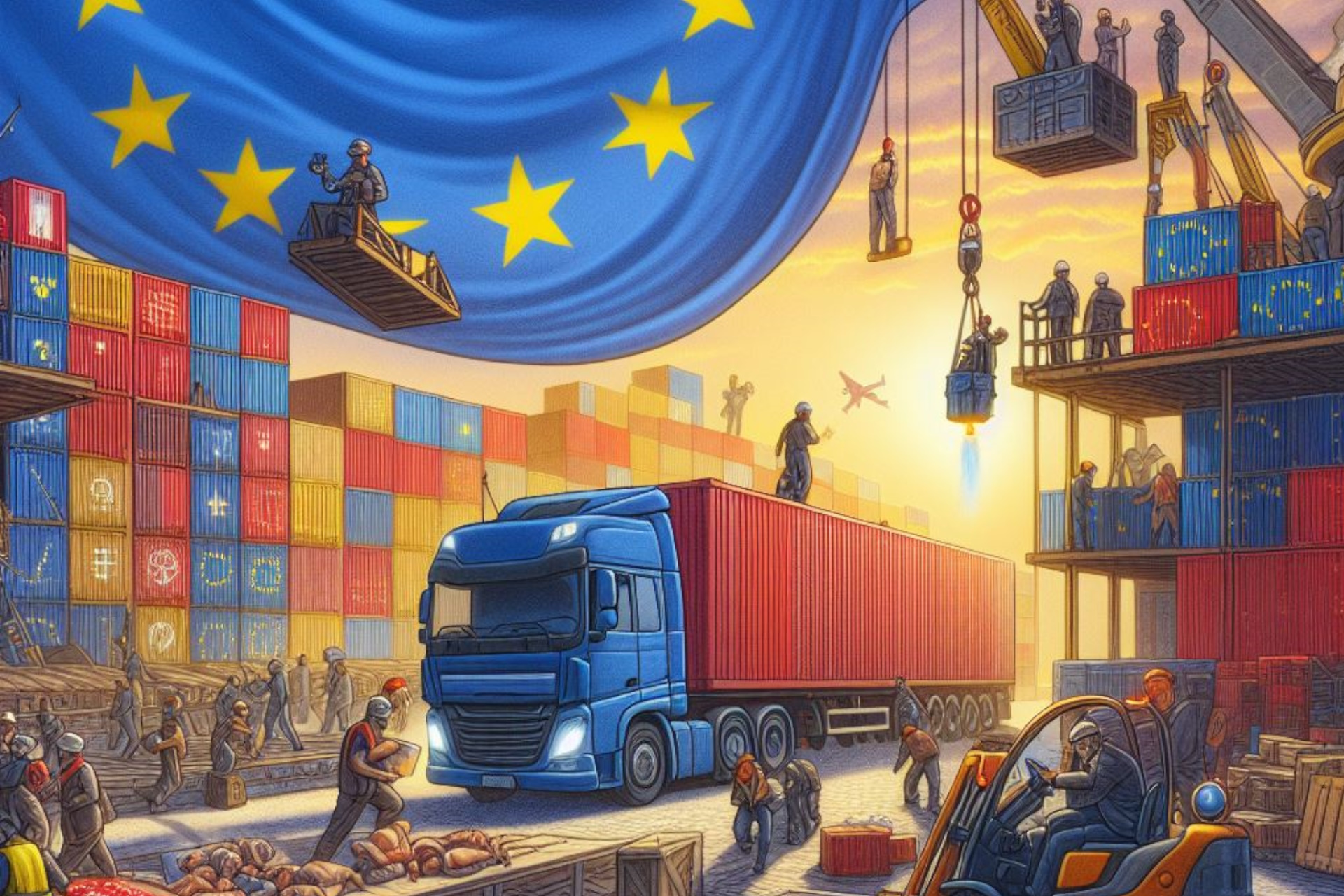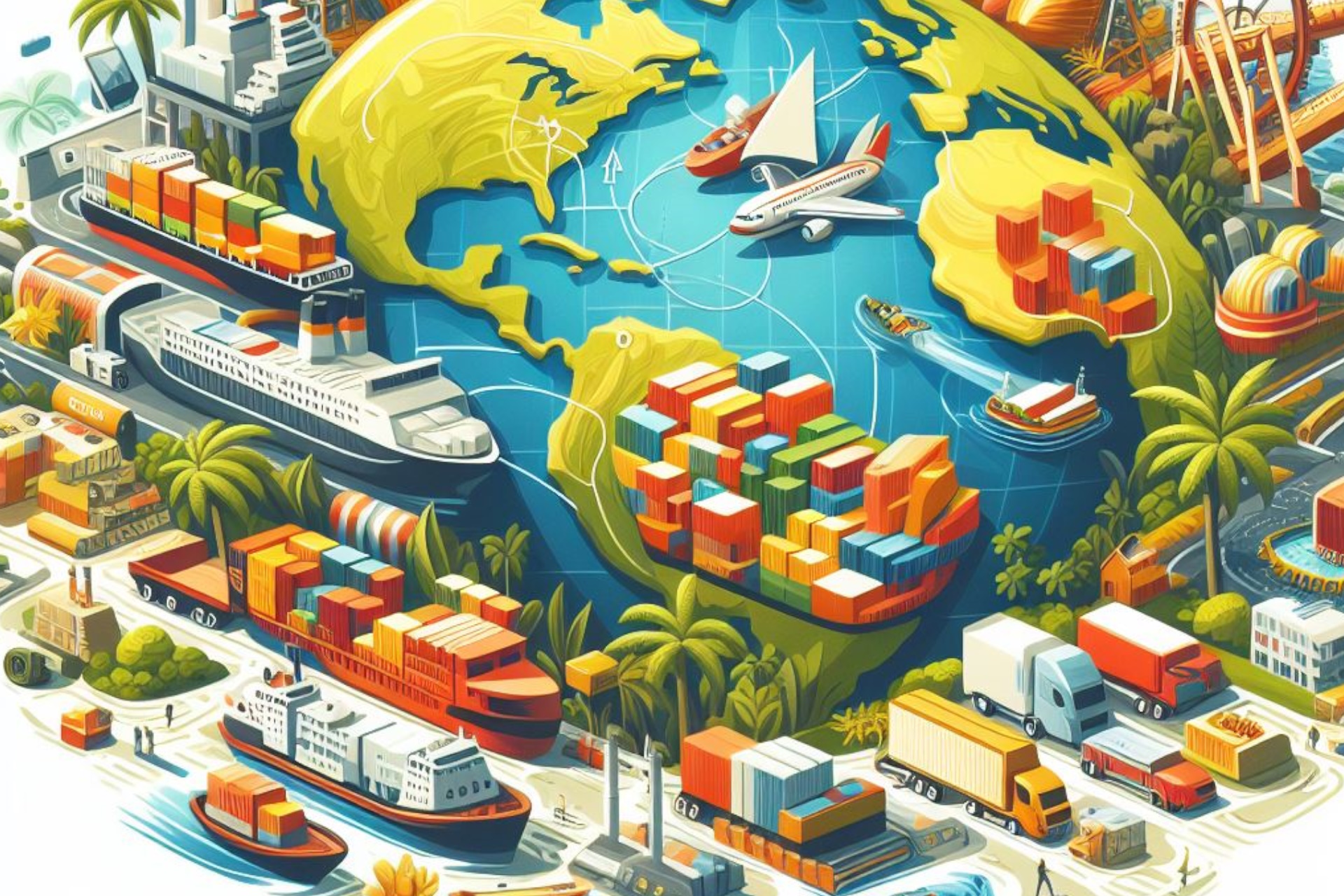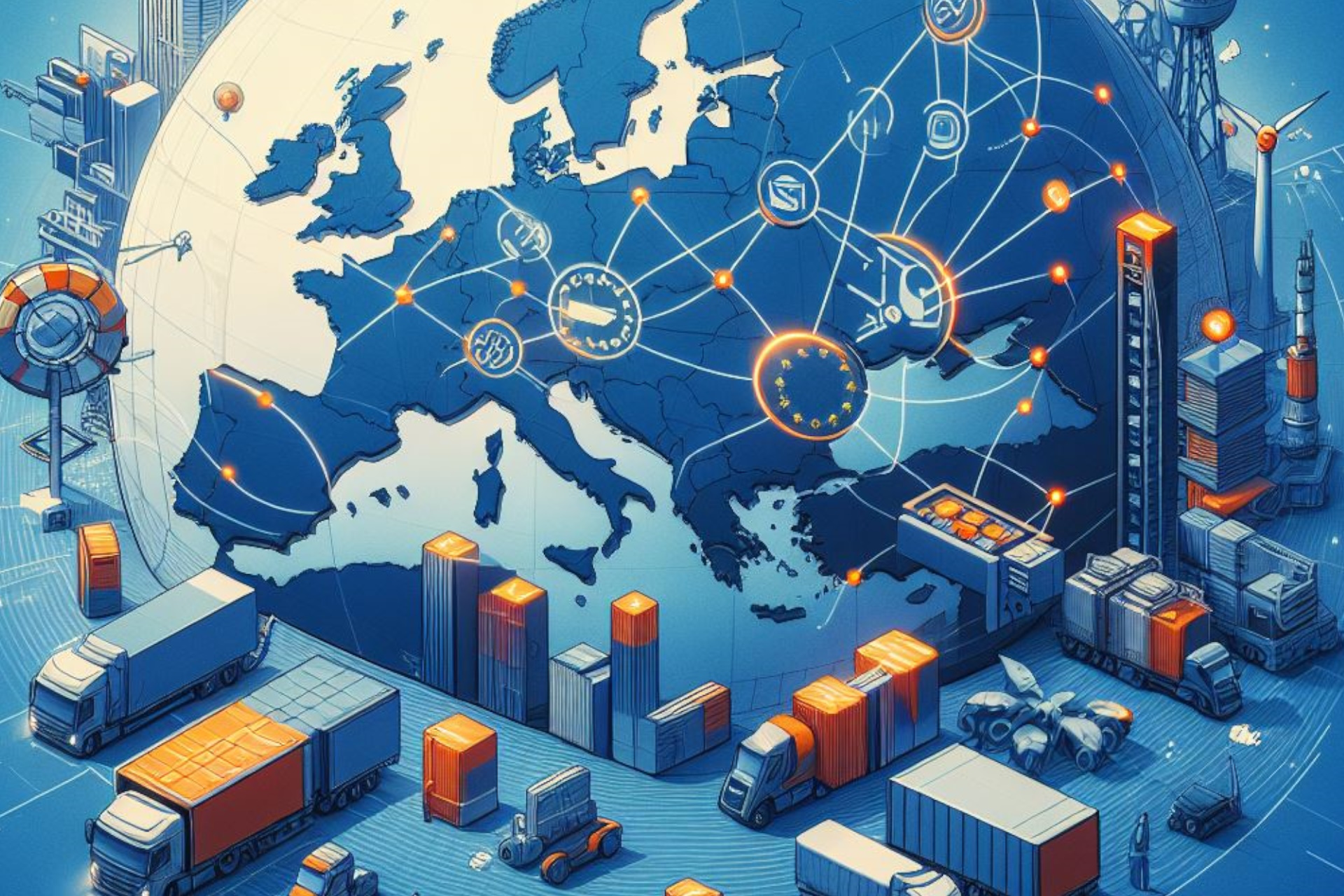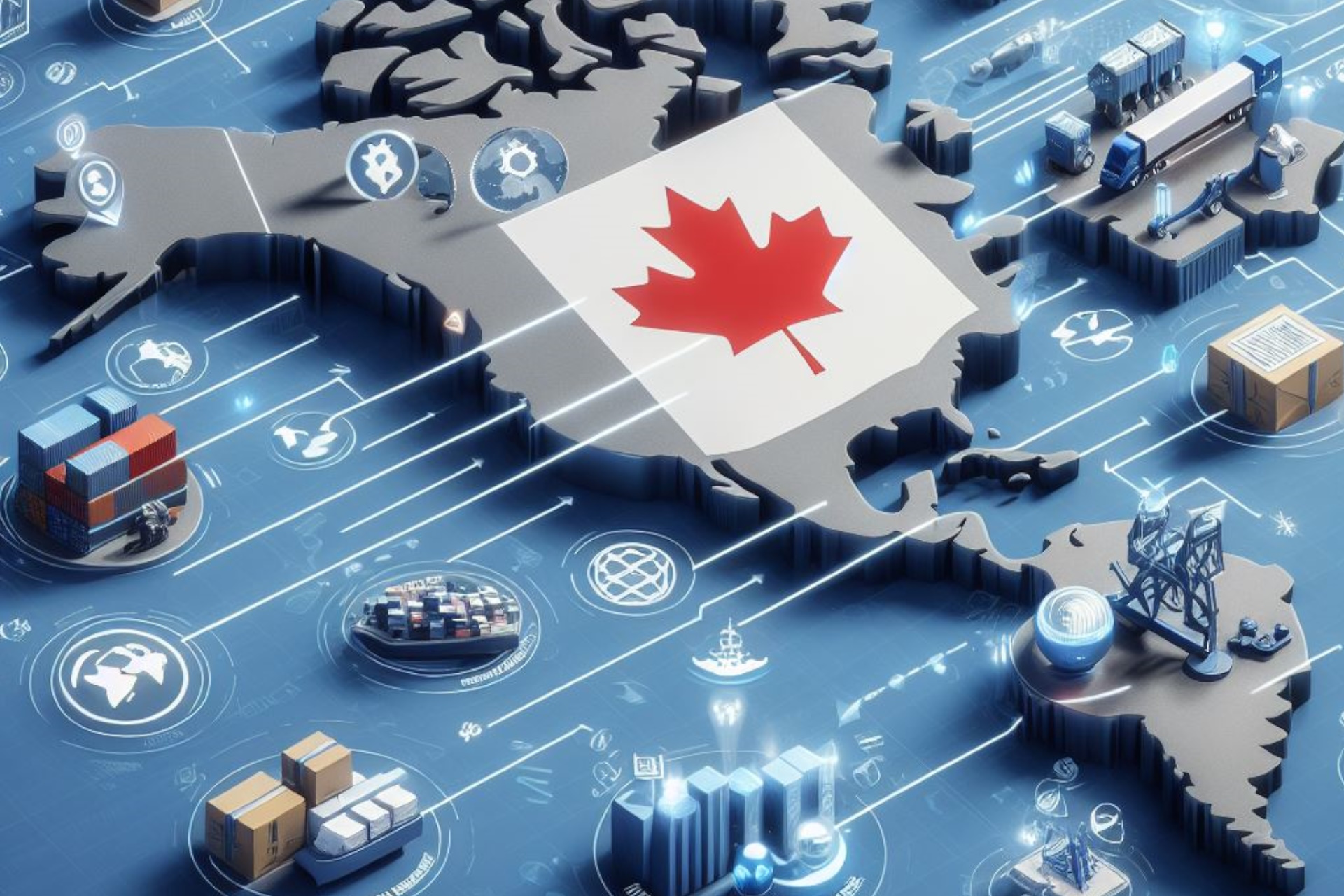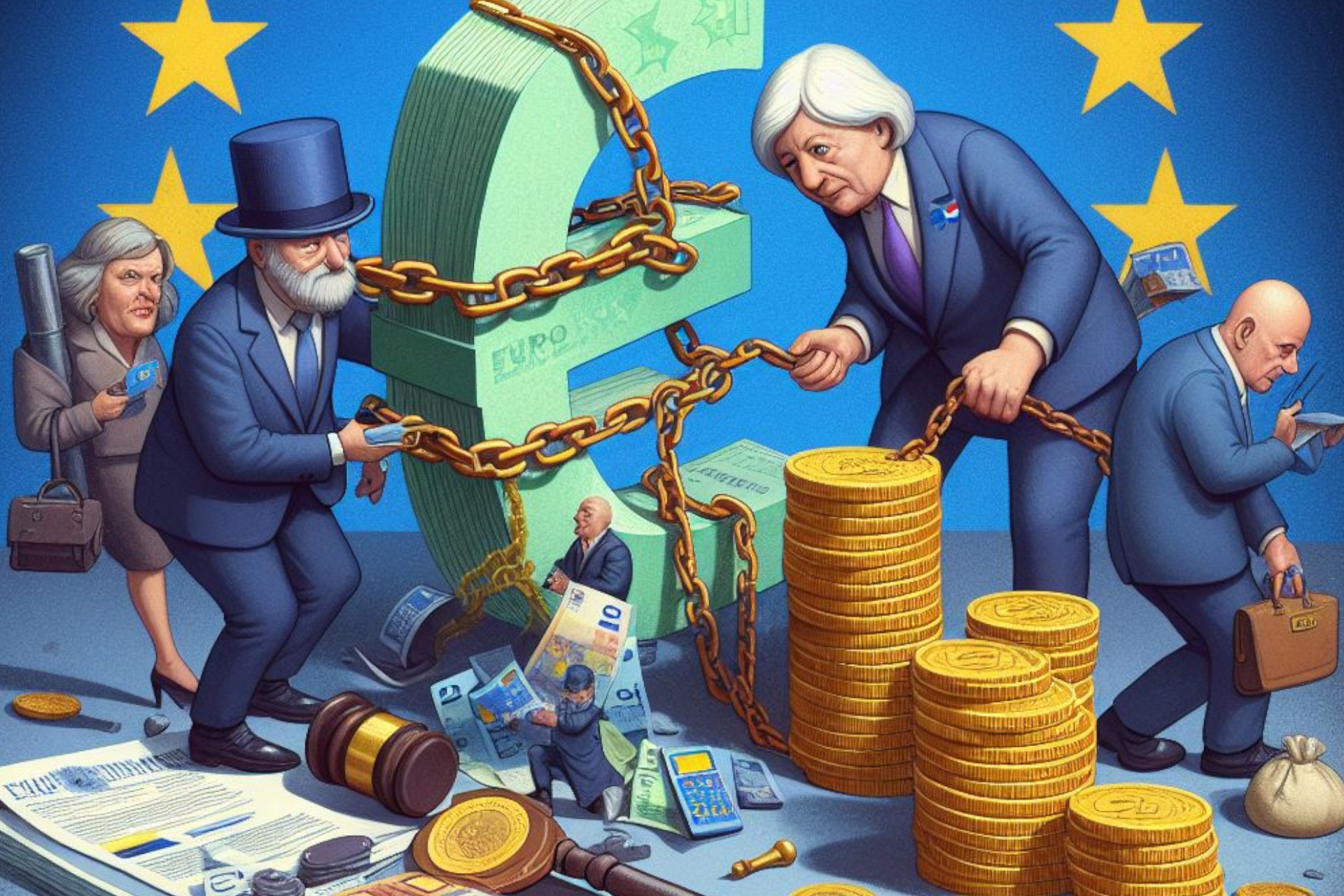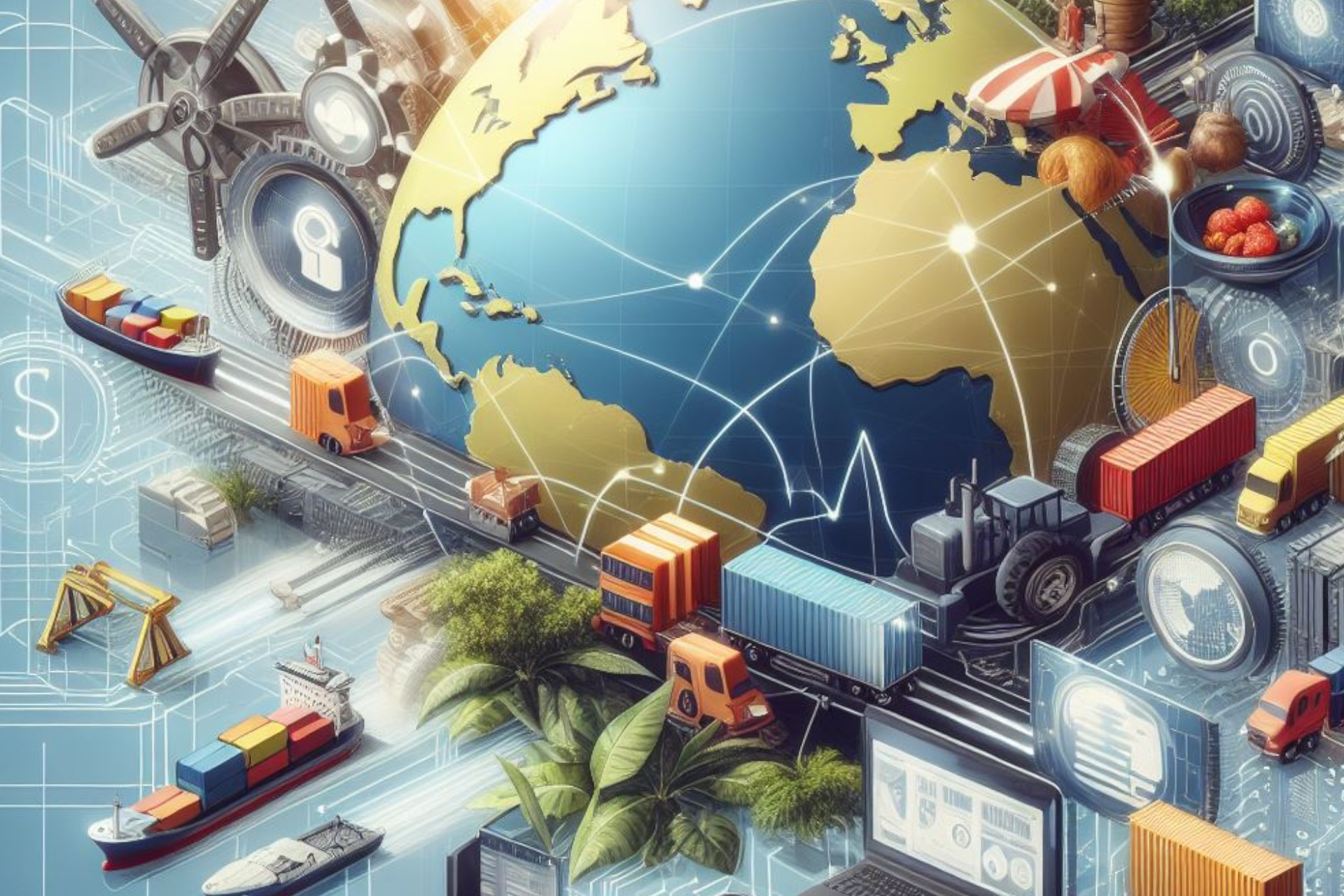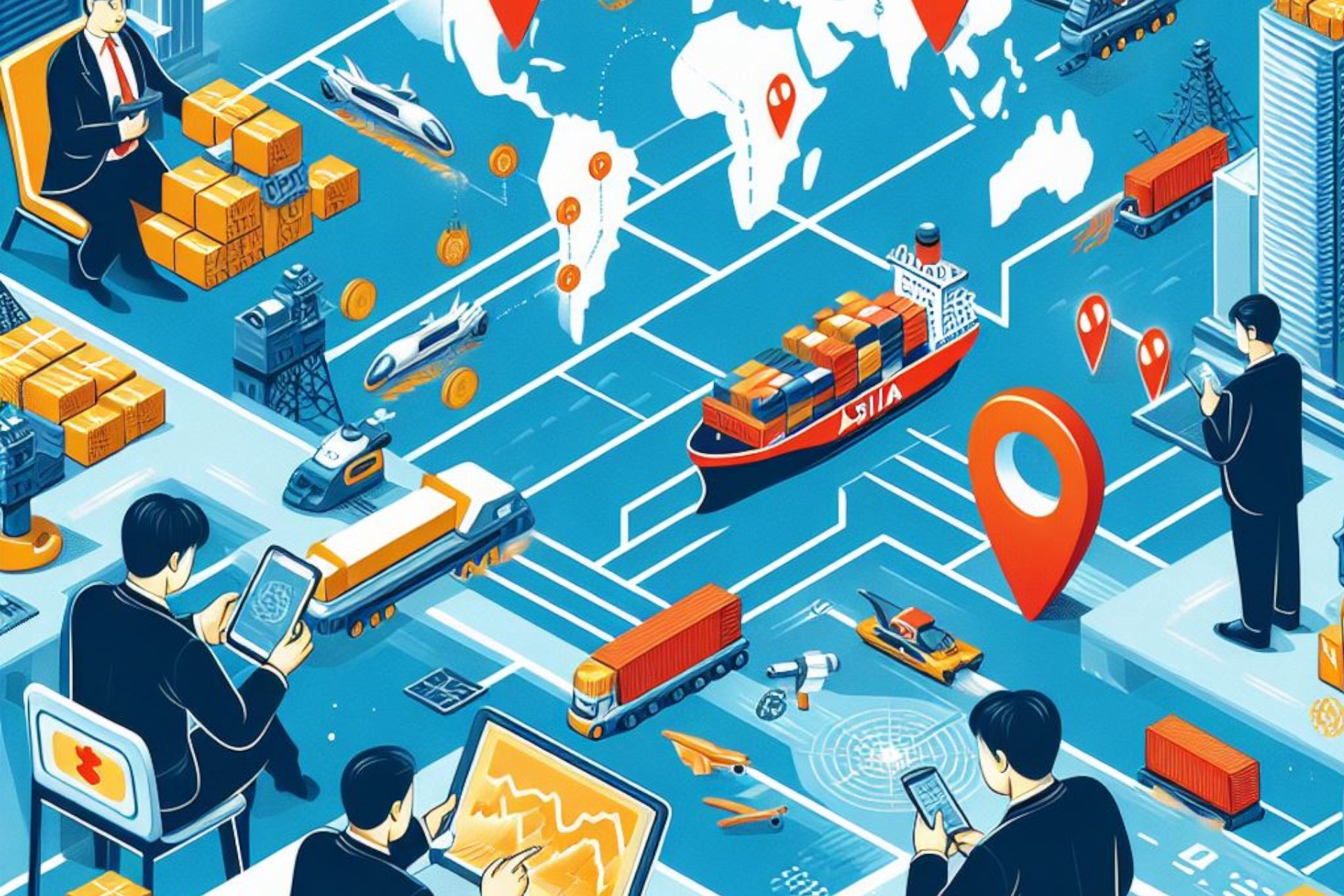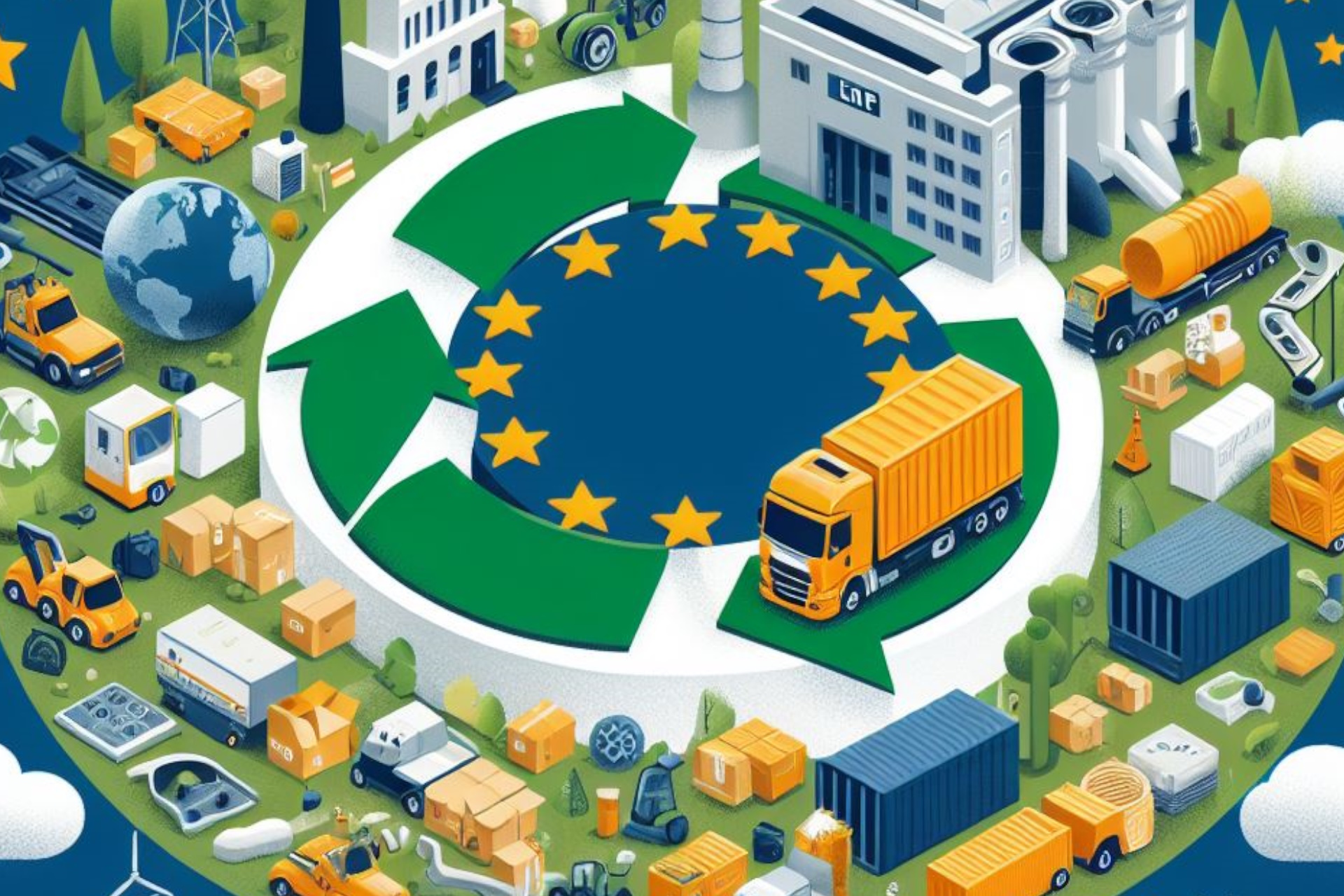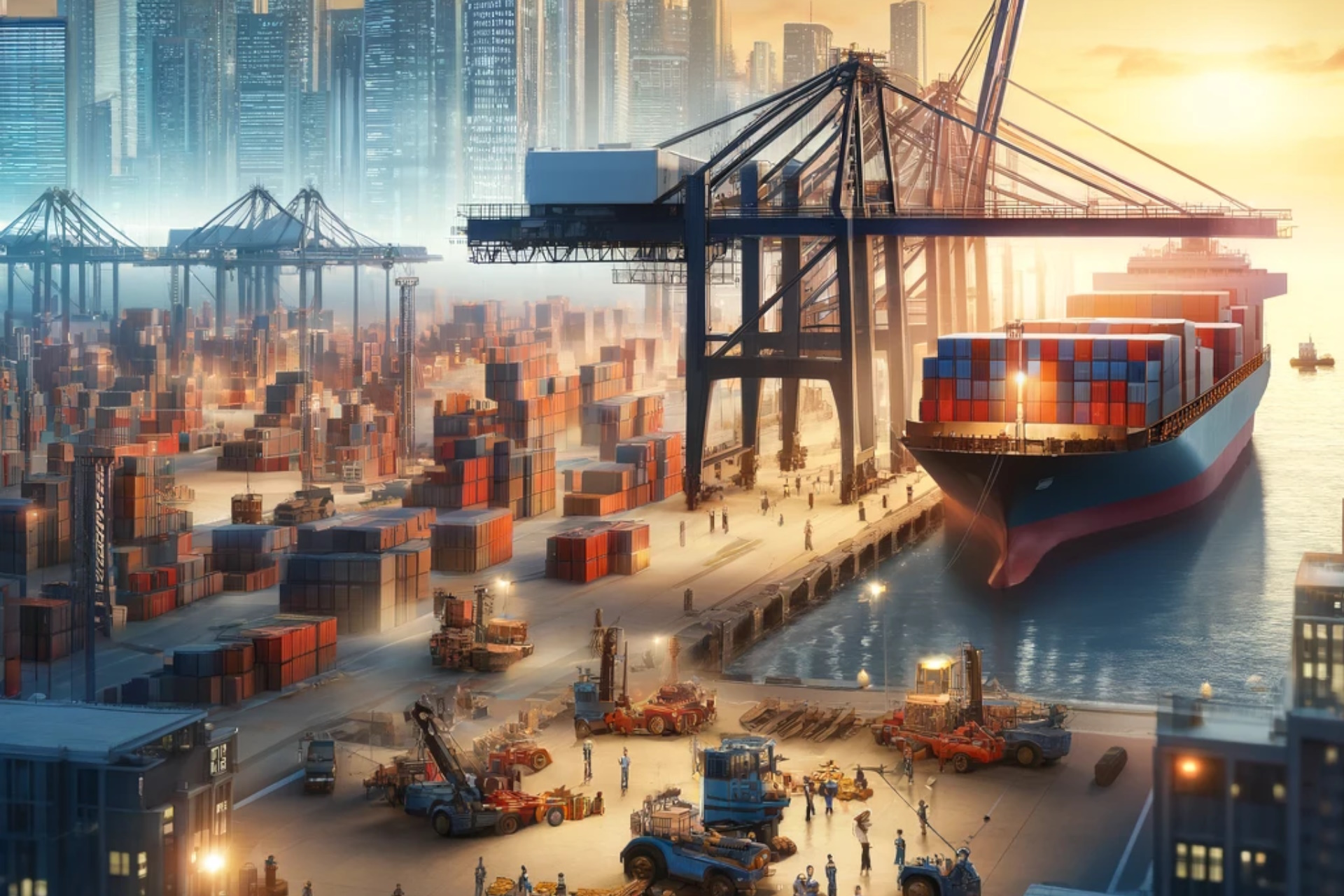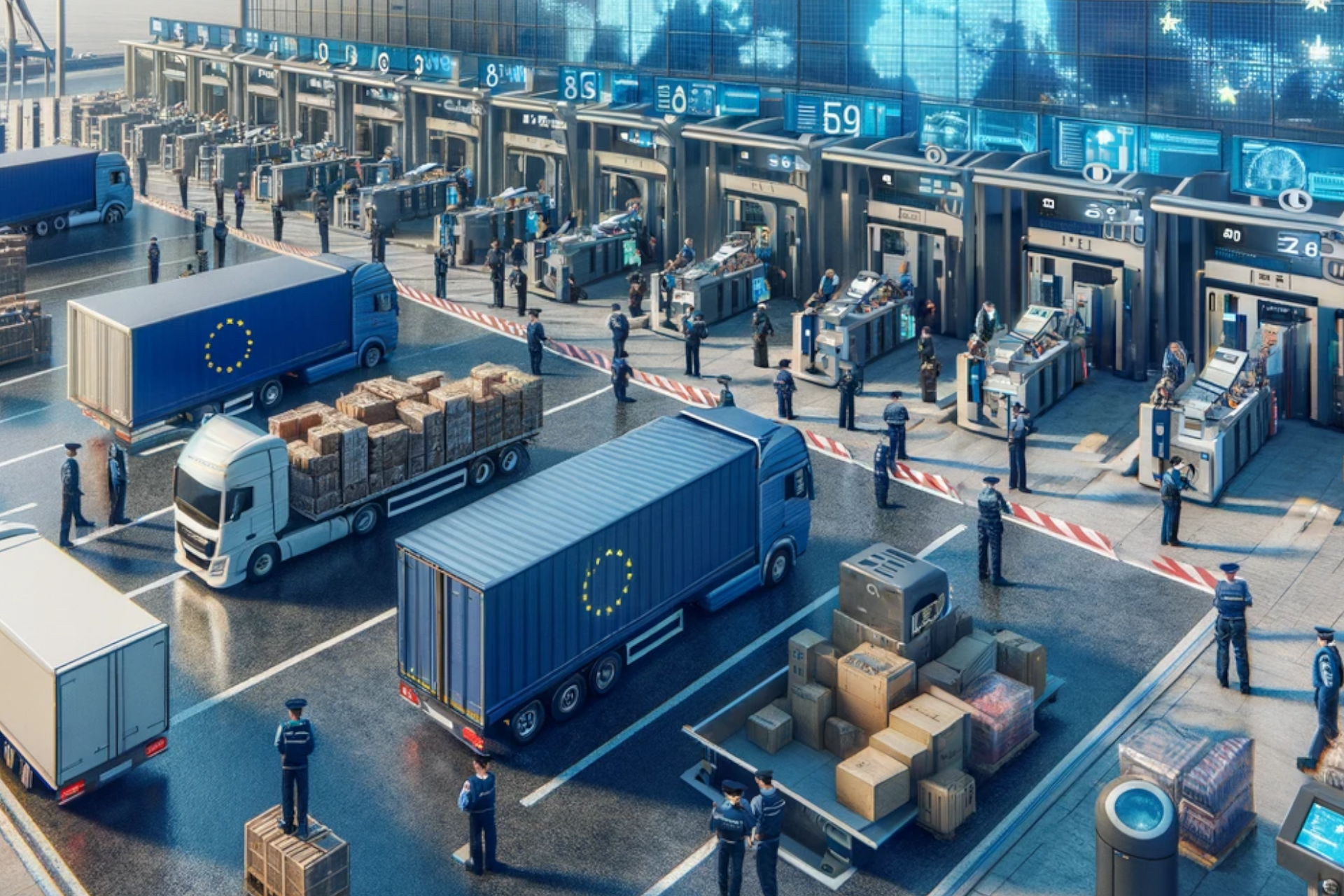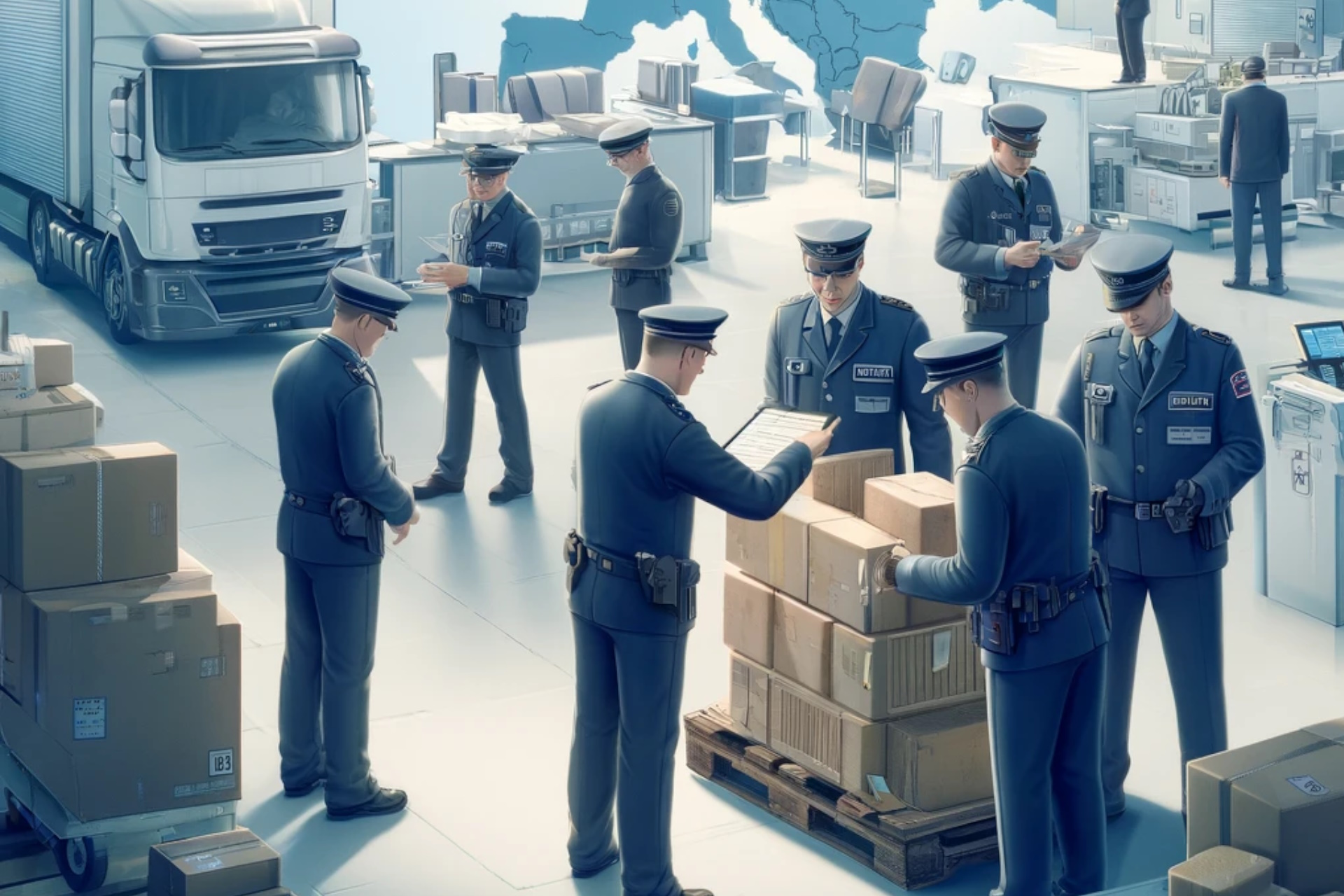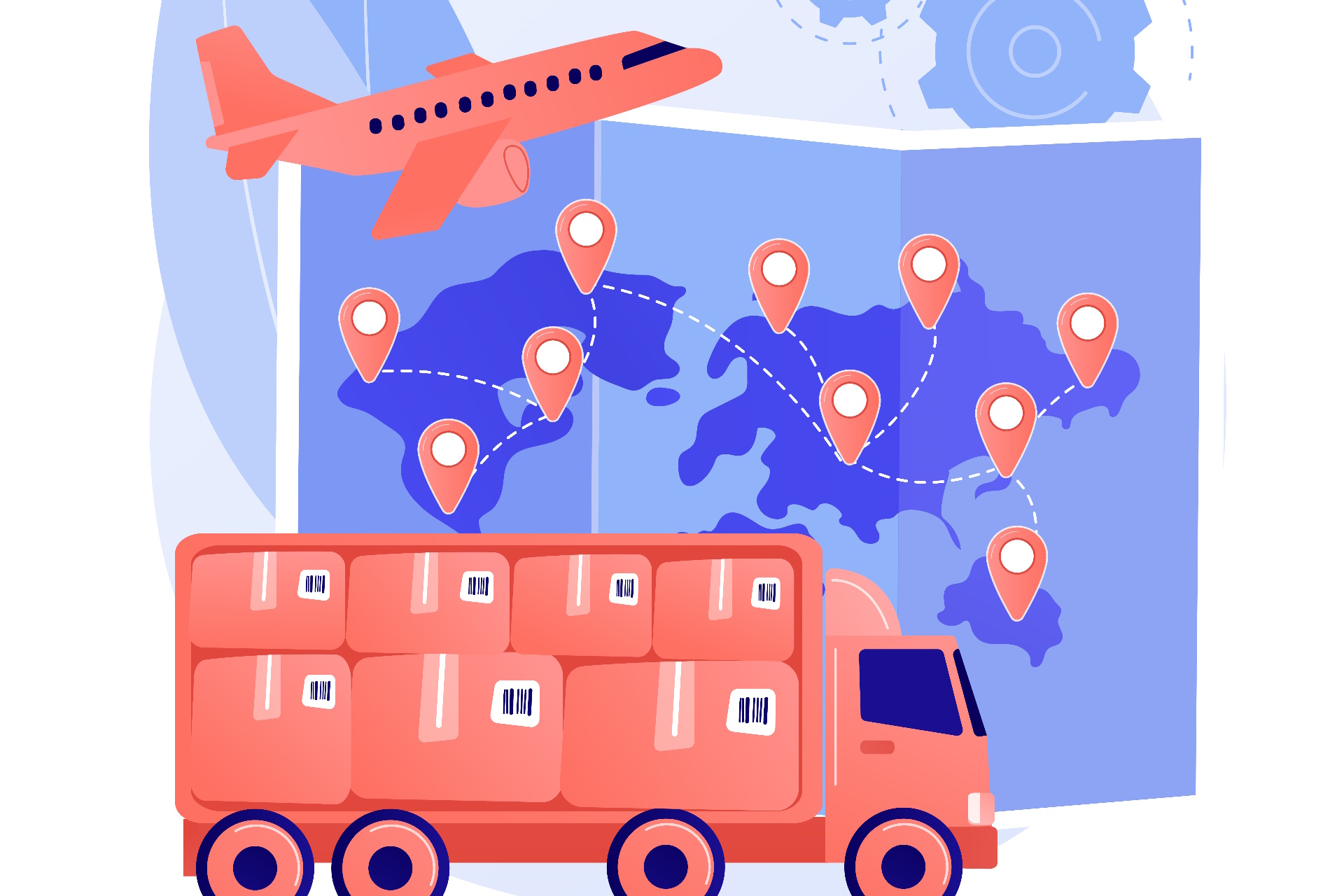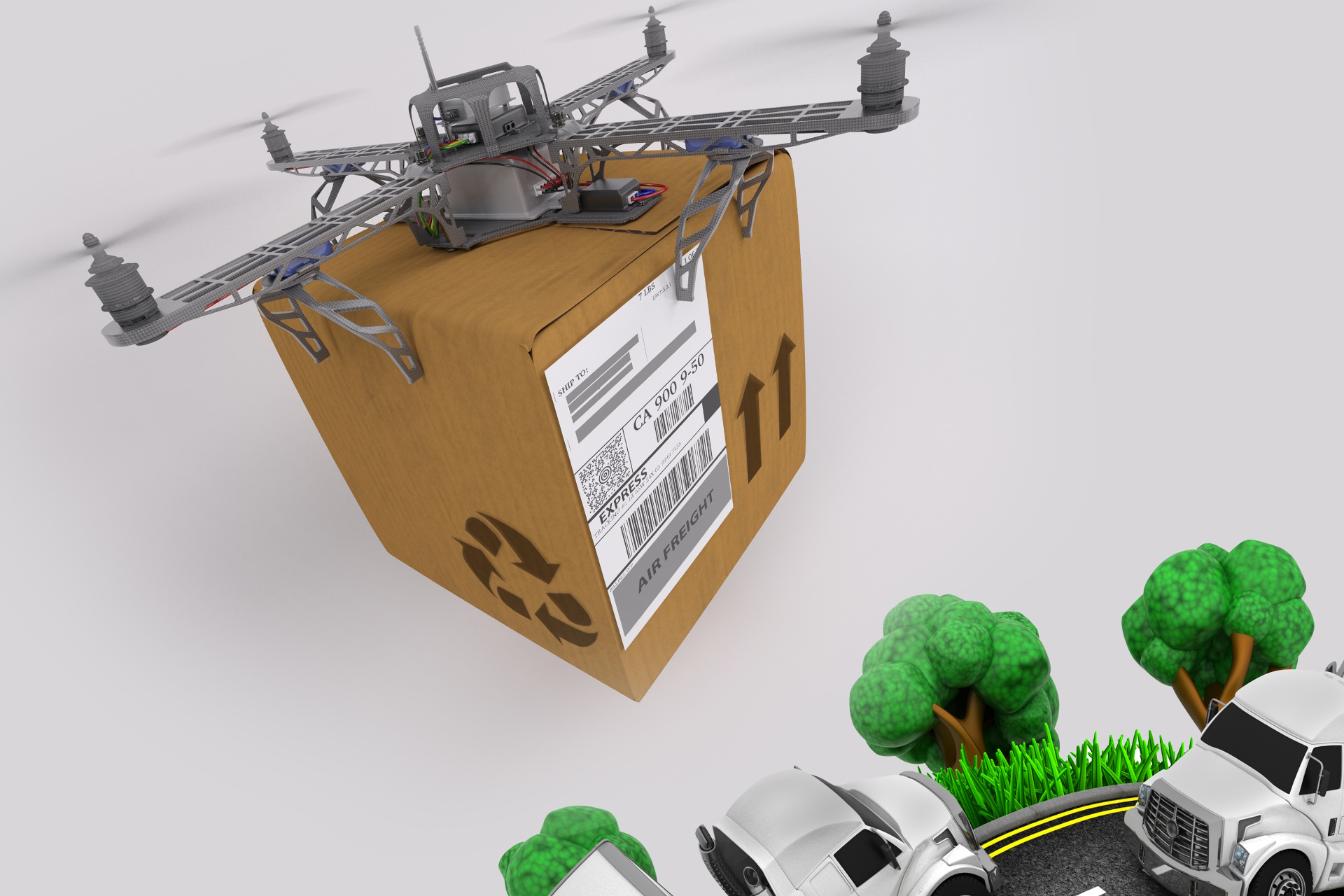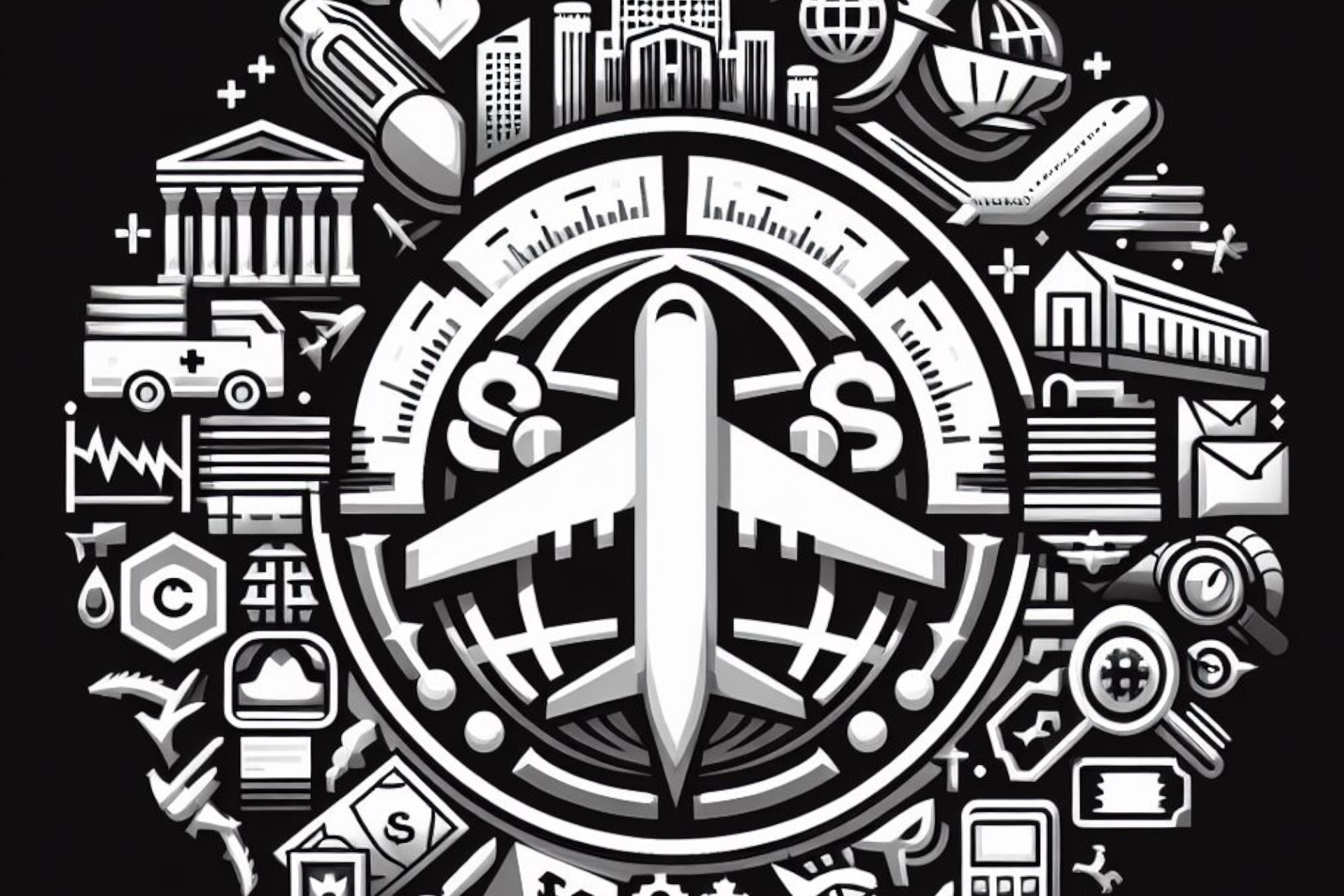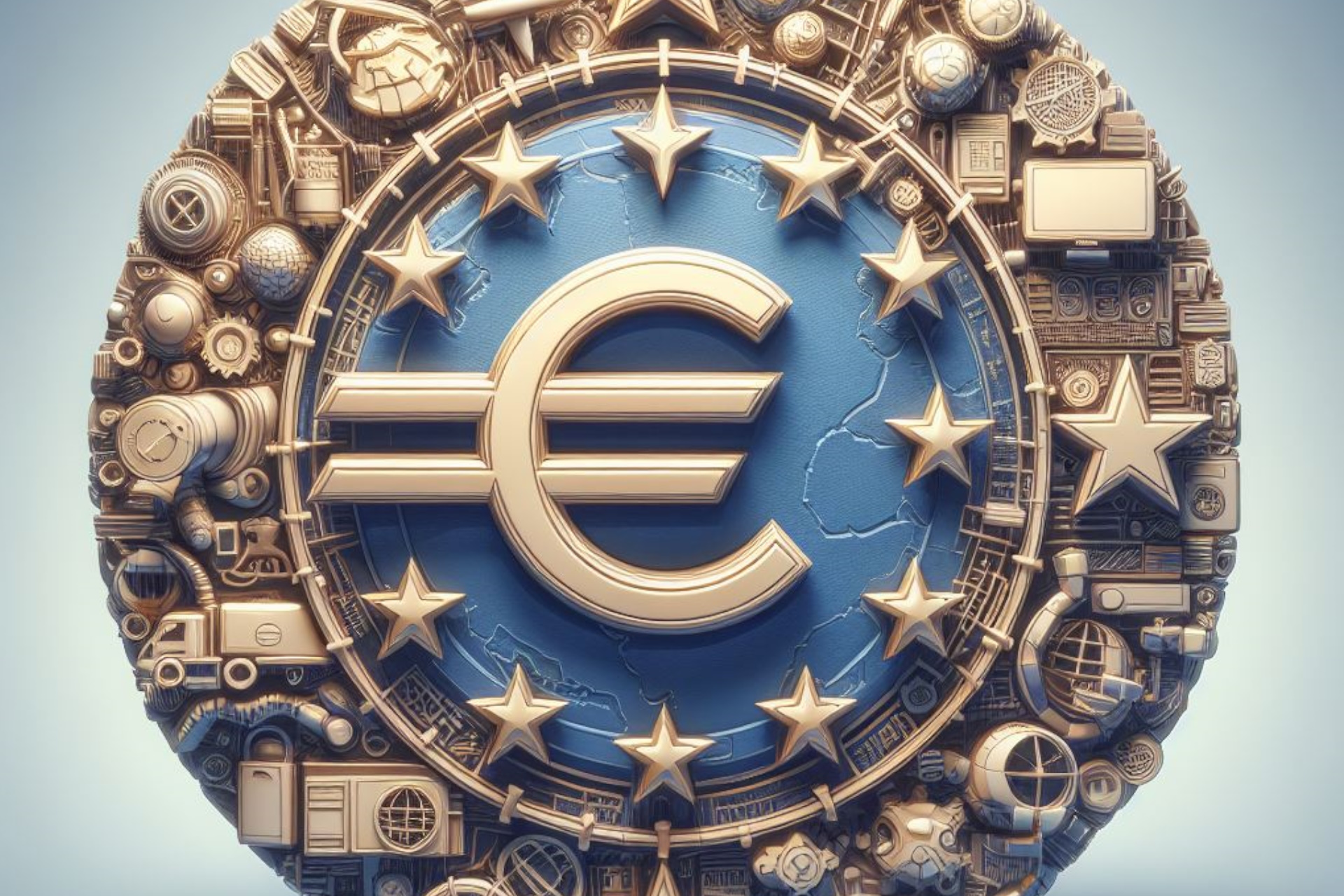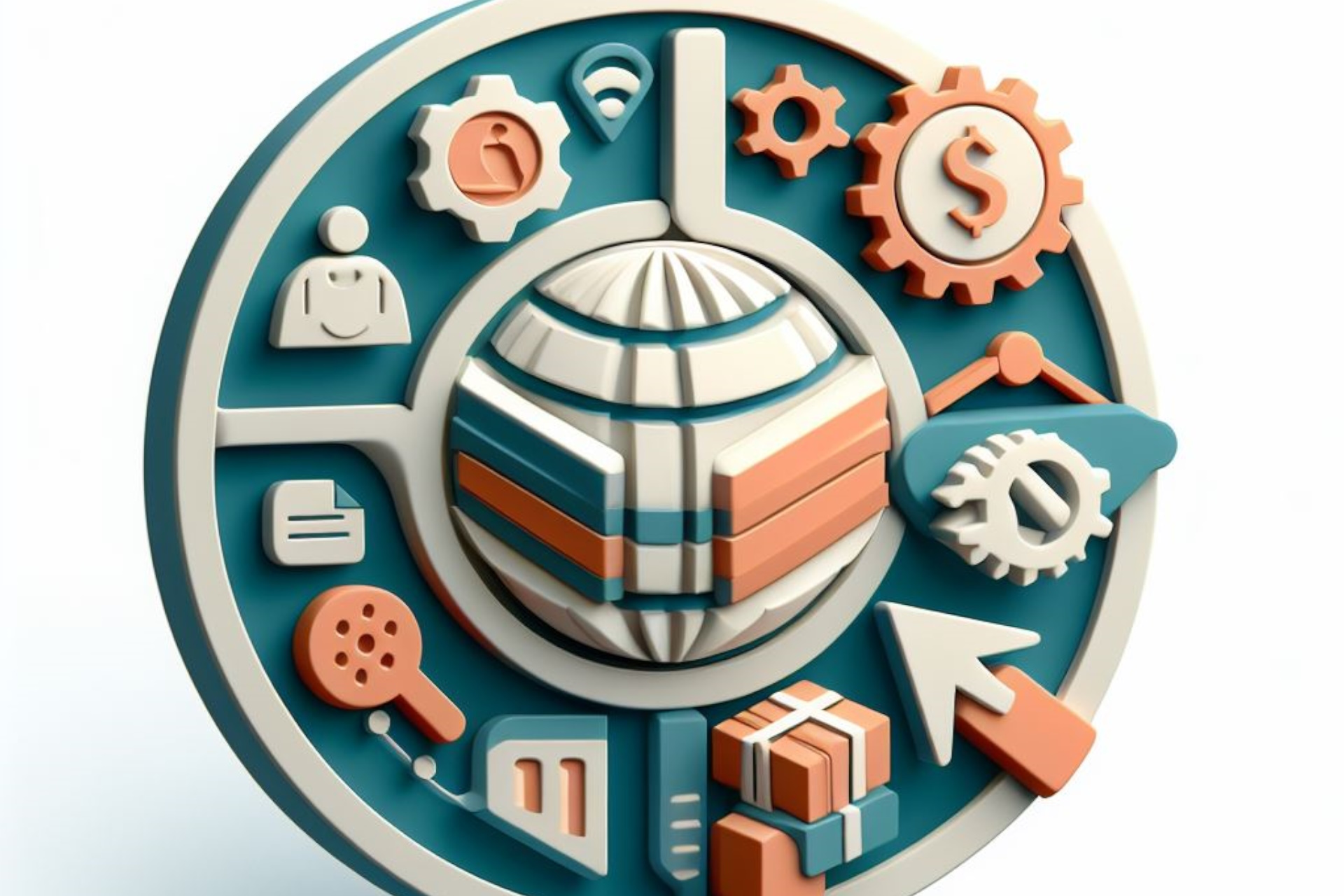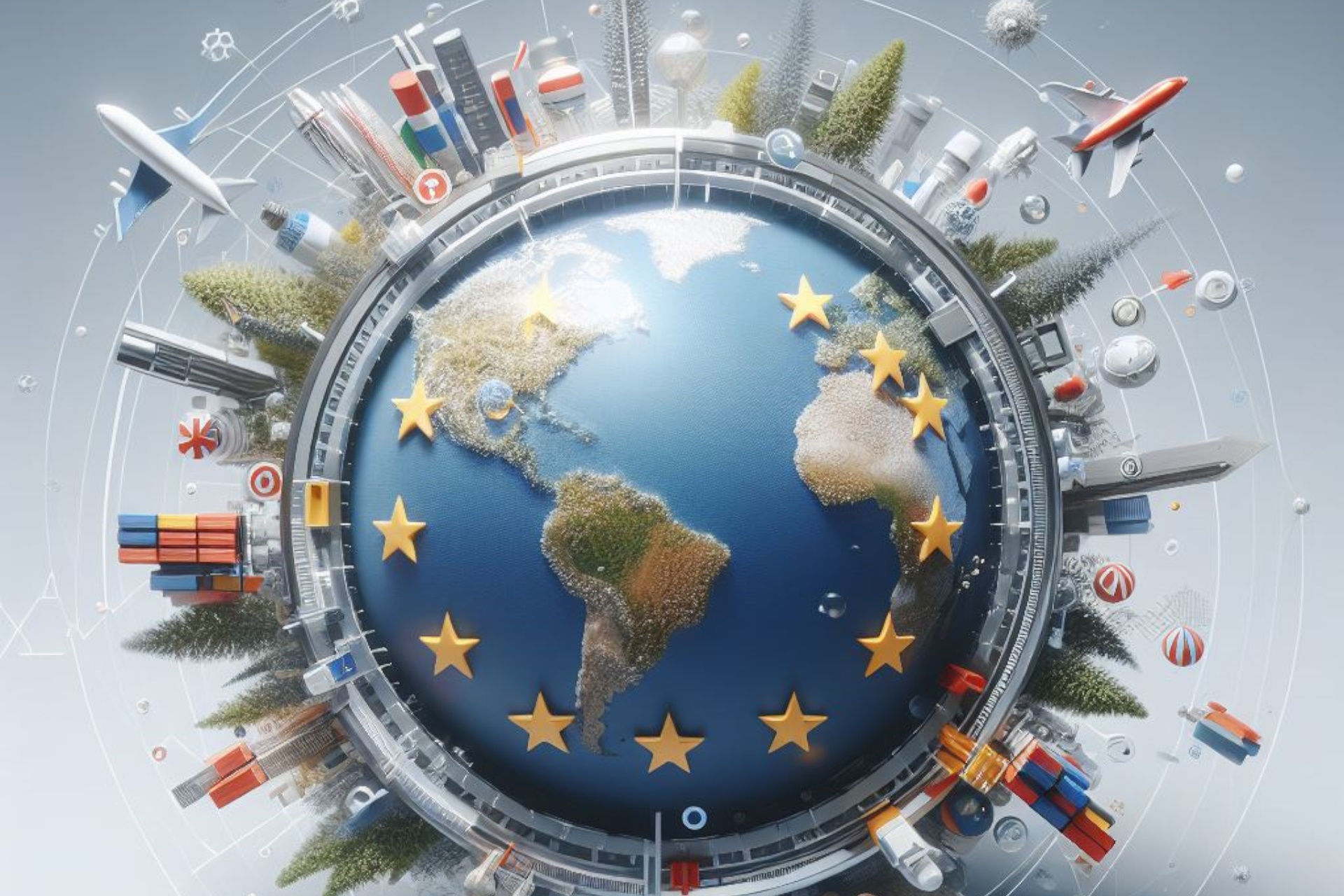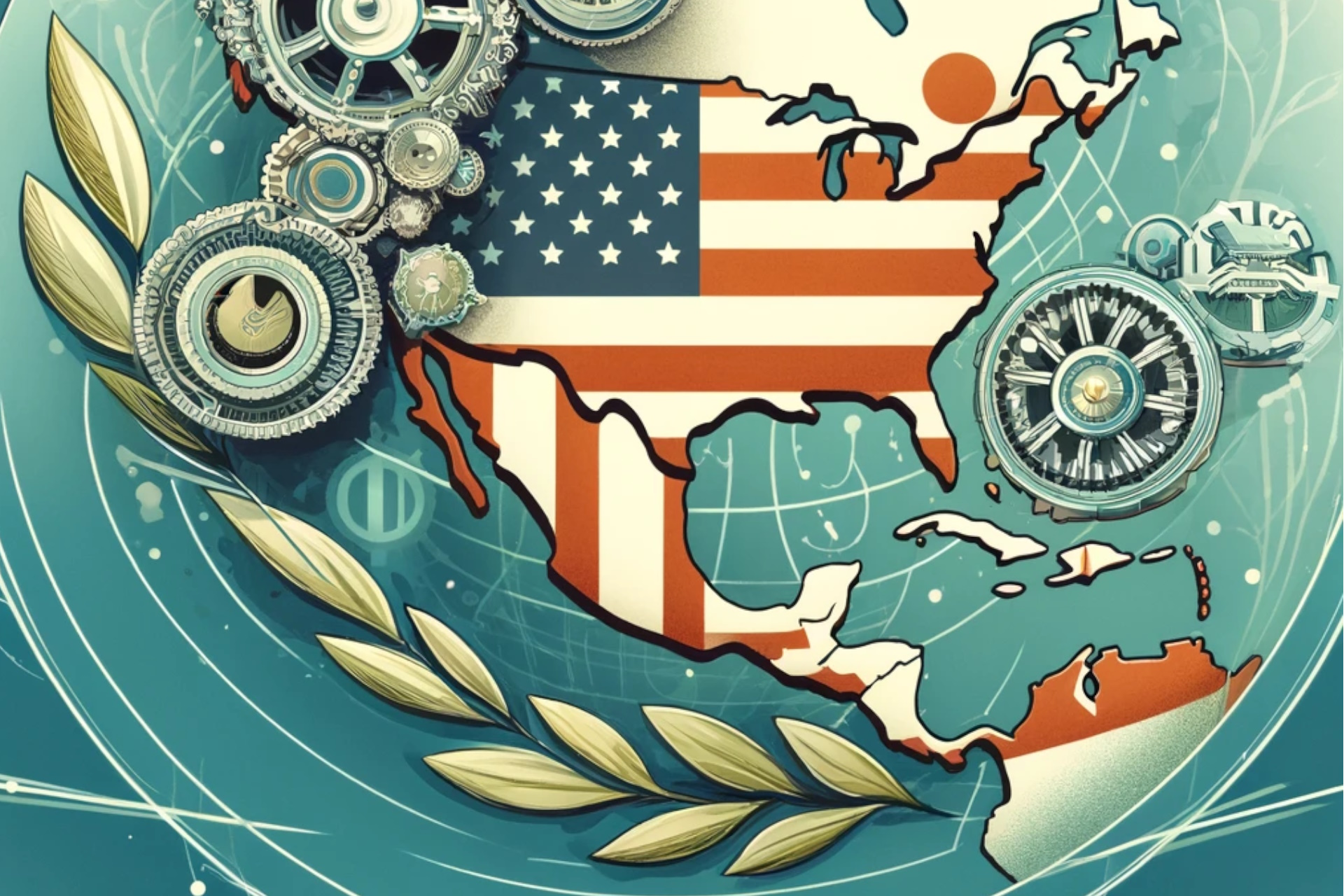Europe's digital transformation of cross-border trade is revolutionizing the way businesses operate within the single market and beyond. By embracing digital customs systems, electronic documentation, blockchain technology, and interoperability initiatives, Europe is paving the way for a more seamless, transparent, and efficient trading environment. As businesses and policymakers continue to innovate and collaborate, the future of cross-border trade in Europe looks brighter than ever.
In an era where globalization reigns supreme, Europe stands at the forefront of digital transformation, particularly in the realm of cross-border trade. The European Union (EU) has long been recognized as a pioneer in creating a single market, and its ongoing efforts to leverage digital technologies are making cross-border trade more efficient, transparent, and accessible than ever before.
One of the key drivers of Europe's digital transformation in cross-border trade is the implementation of digital customs systems. Traditionally, navigating customs procedures could be a cumbersome and time-consuming process, often resulting in delays and added costs for businesses. However, with the advent of digital customs platforms, such as the EU's Customs Decision System (CDS) and the Import Control System 2 (ICS2), businesses can now submit customs declarations electronically, streamlining the process and reducing paperwork. This not only speeds up the movement of goods across borders but also enhances compliance and security measures.
Furthermore, Europe's embrace of digital documentation and e-invoicing has revolutionized the way businesses conduct cross-border transactions. Electronic documentation eliminates the need for physical paperwork, reducing the risk of errors and delays associated with manual processing. Through e-invoicing, businesses can generate, send, and receive invoices electronically, simplifying the billing process and expediting payment cycles. This not only improves efficiency but also enhances transparency and accountability in cross-border transactions.
Another significant aspect of Europe's digital transformation in cross-border trade is the adoption of blockchain technology. Blockchain offers a secure and transparent way to record transactions, providing an immutable ledger that can be accessed and verified by all parties involved. By leveraging blockchain for supply chain management and trade finance, European businesses can enhance traceability, mitigate fraud, and improve trust among trading partners. Moreover, blockchain-based smart contracts automate and enforce the terms of trade agreements, reducing the need for intermediaries and streamlining the negotiation process.
Additionally, Europe's focus on interoperability and standardization plays a crucial role in facilitating seamless cross-border trade. Initiatives such as the Single Euro Payments Area (SEPA) and the European Single Market for Digital Services (DSM) aim to harmonize regulations and technical standards across EU member states, enabling businesses to operate more efficiently across borders. By embracing common frameworks and protocols, Europe is breaking down barriers to trade and fostering greater collaboration among businesses within the single market.
As Europe continues on its digital transformation journey, there are boundless opportunities to further enhance cross-border trade. Embracing emerging technologies such as artificial intelligence (AI), internet of things (IoT), and 5G connectivity can unlock new efficiencies and insights throughout the supply chain. Moreover, investing in digital skills and literacy is essential to ensure that businesses and individuals can fully harness the potential of digital technologies in cross-border trade.
#CrossBorderTrade #DigitalTransformation #Europe #SingleMarket #Blockchain #Customs #DigitalDocumentation #EU #SupplyChain #TradeFinance #Interoperability #SEPA #DSM #AI #IoT #5G
Read more views



